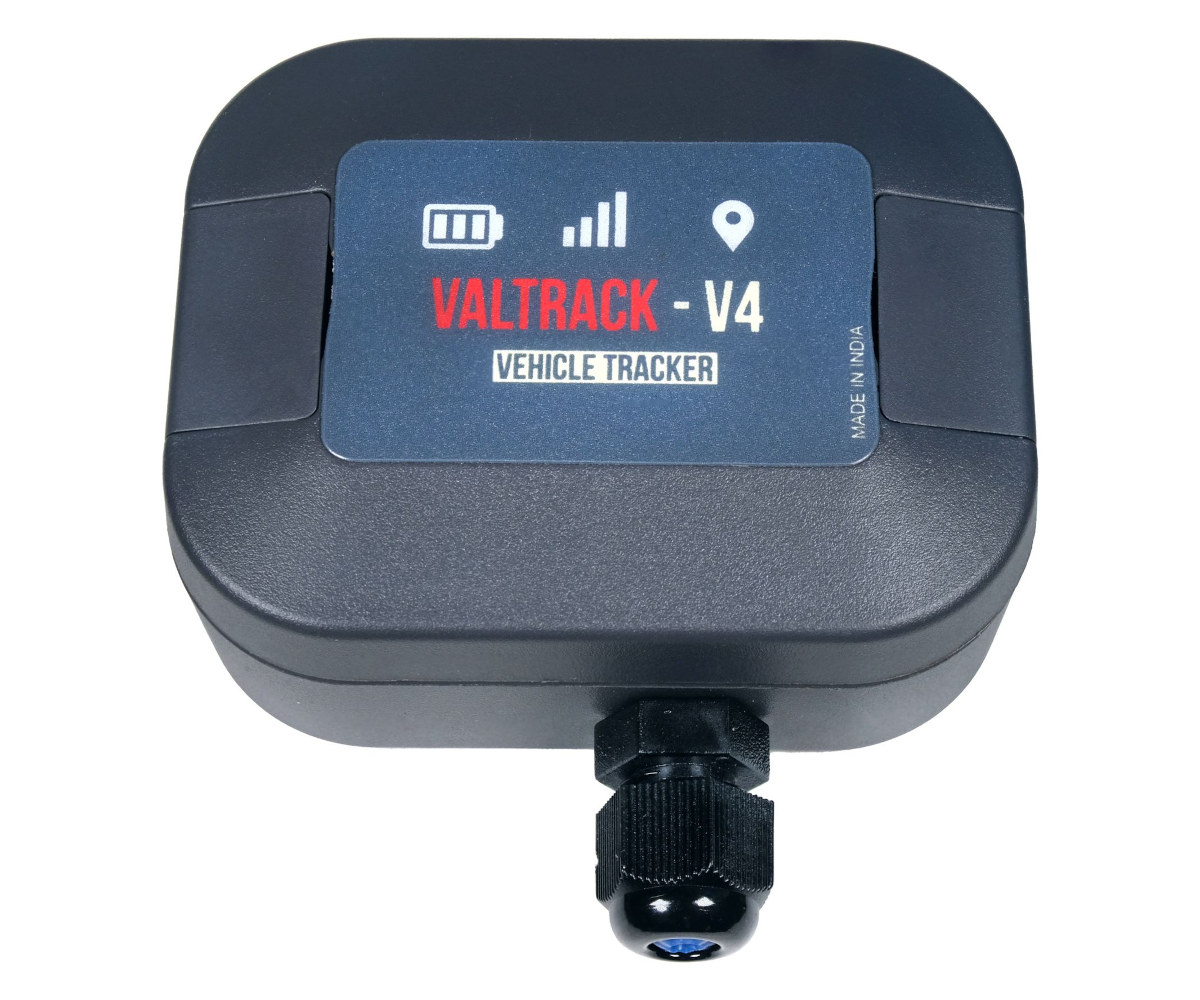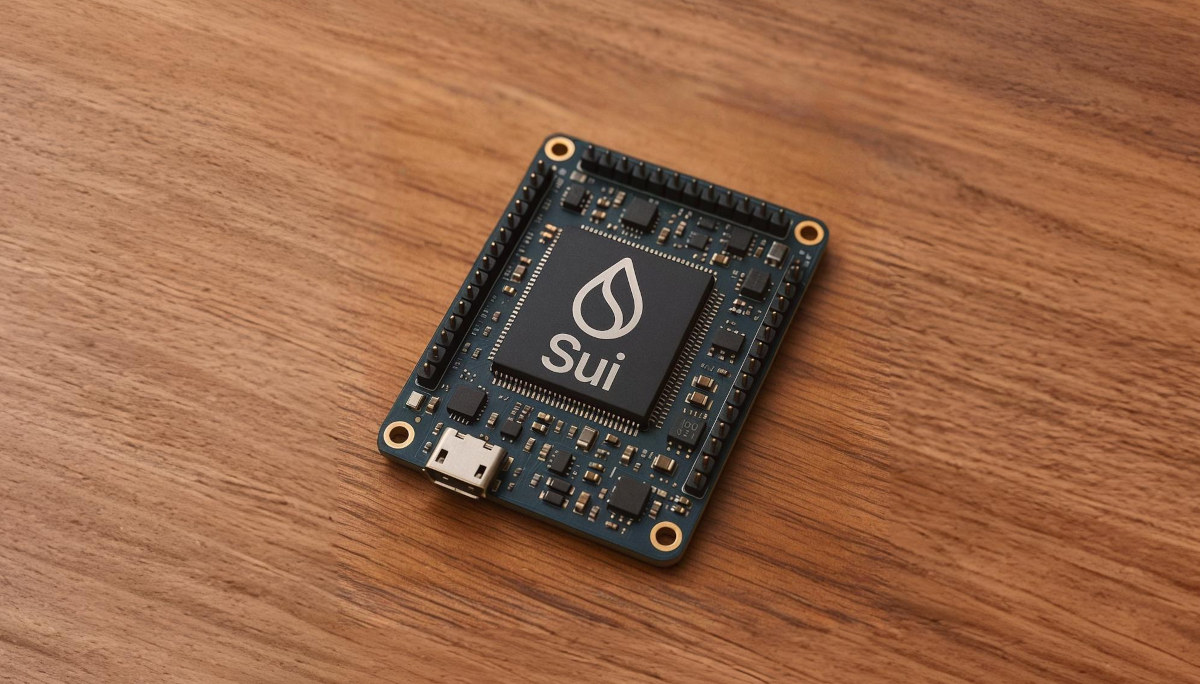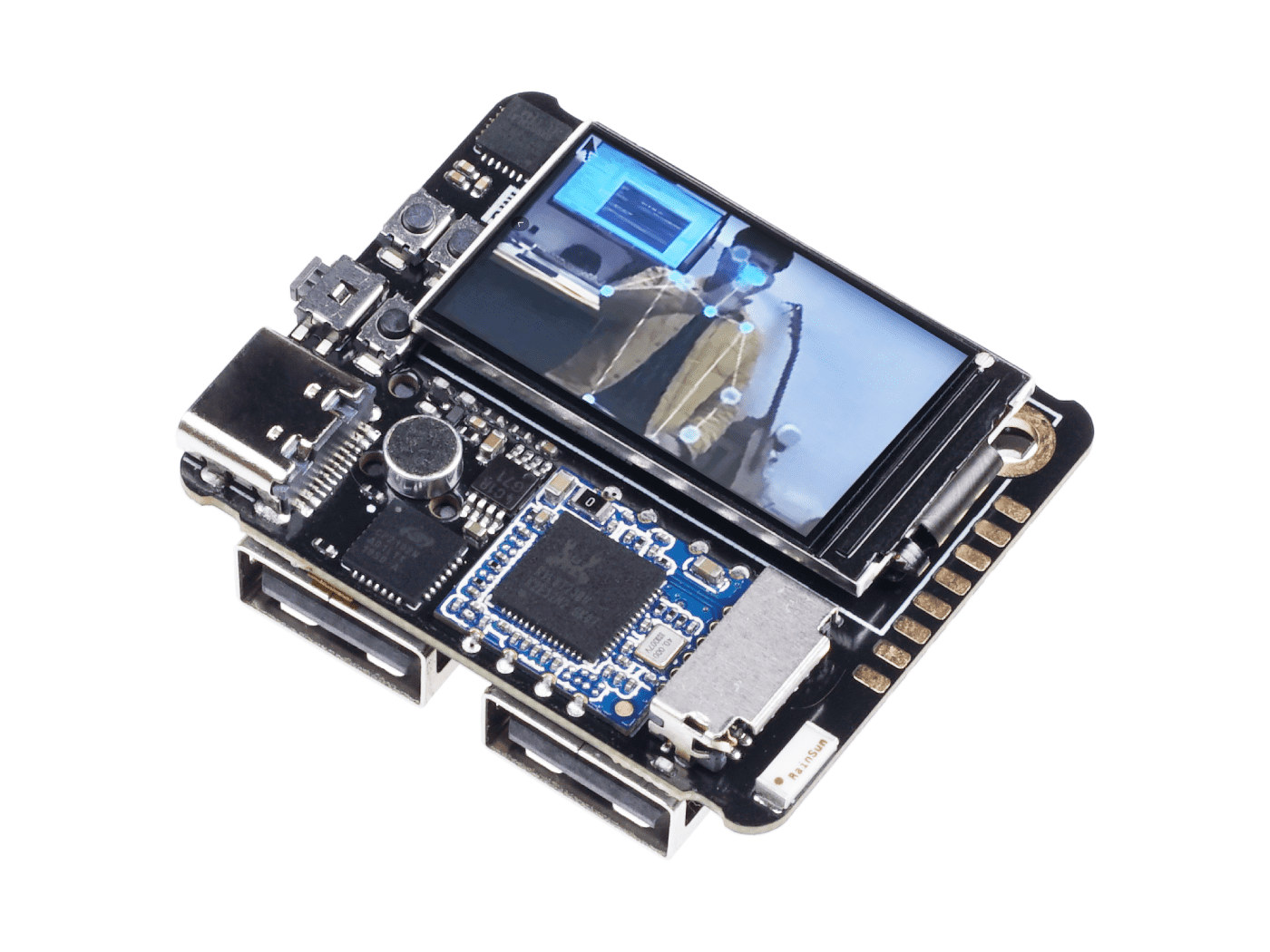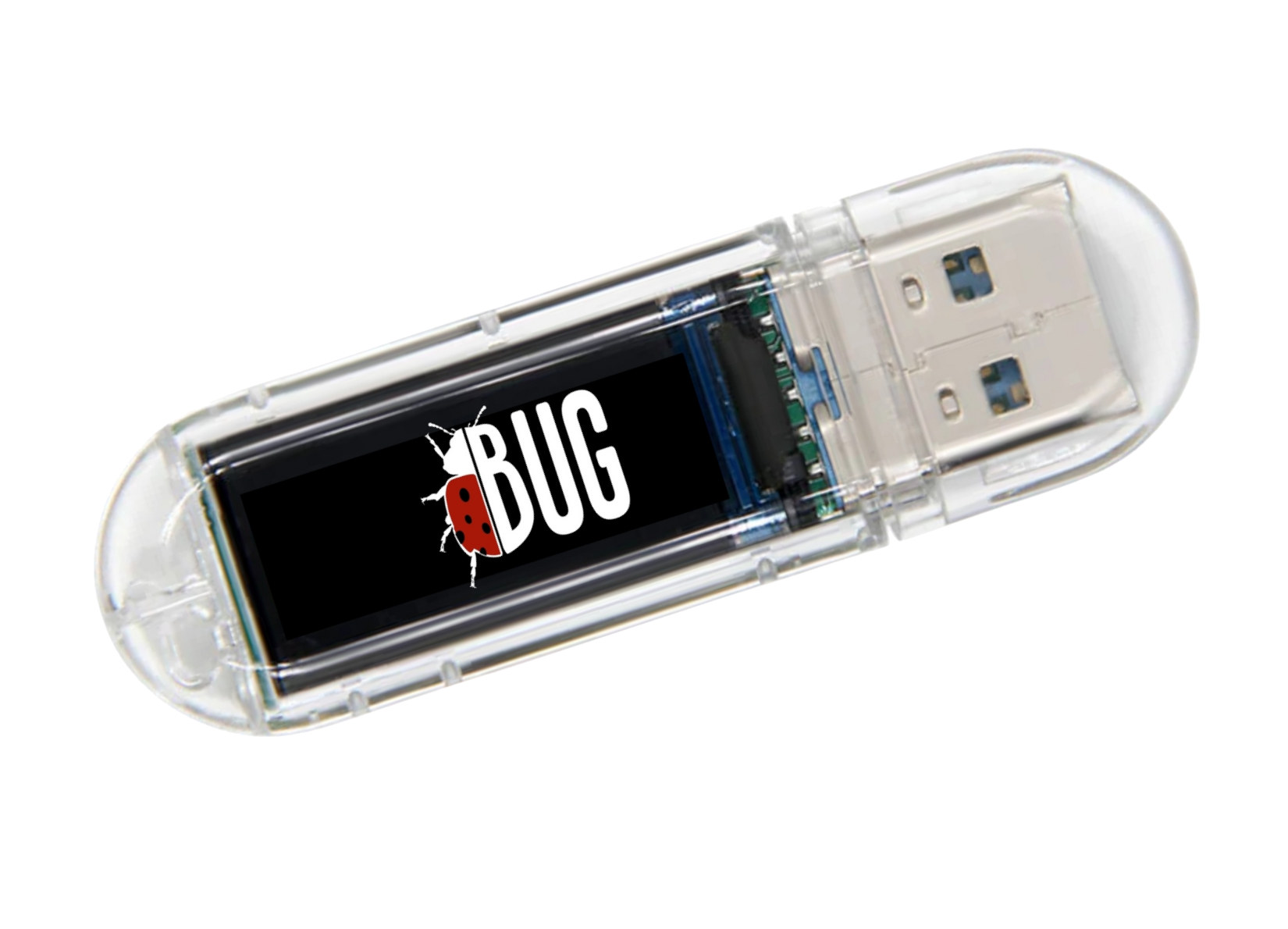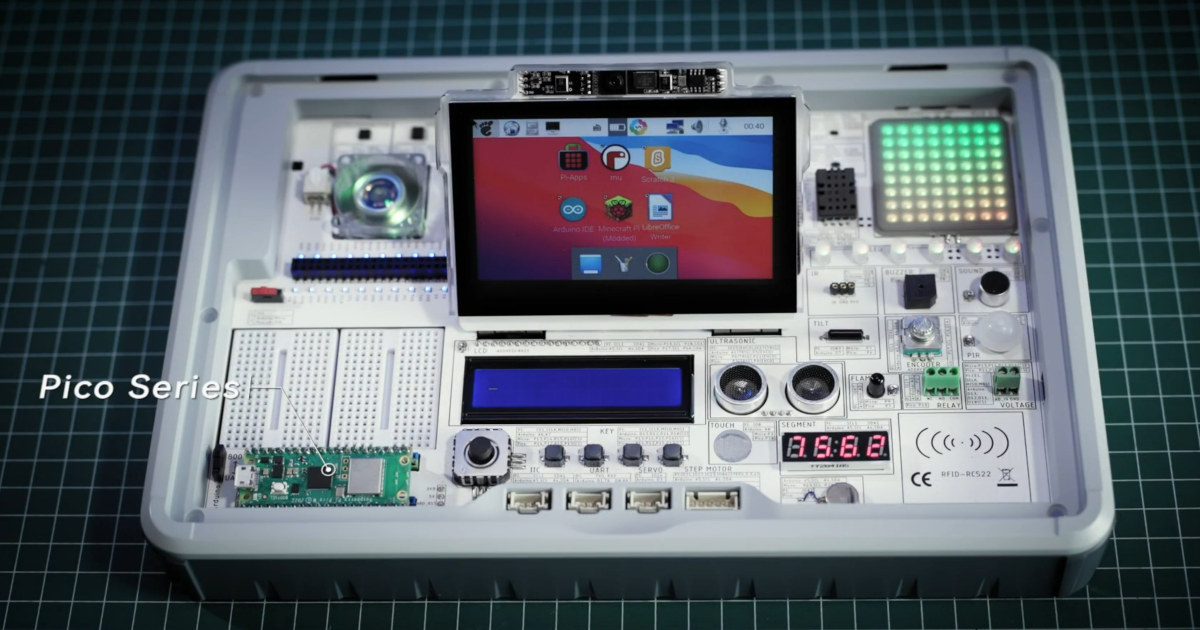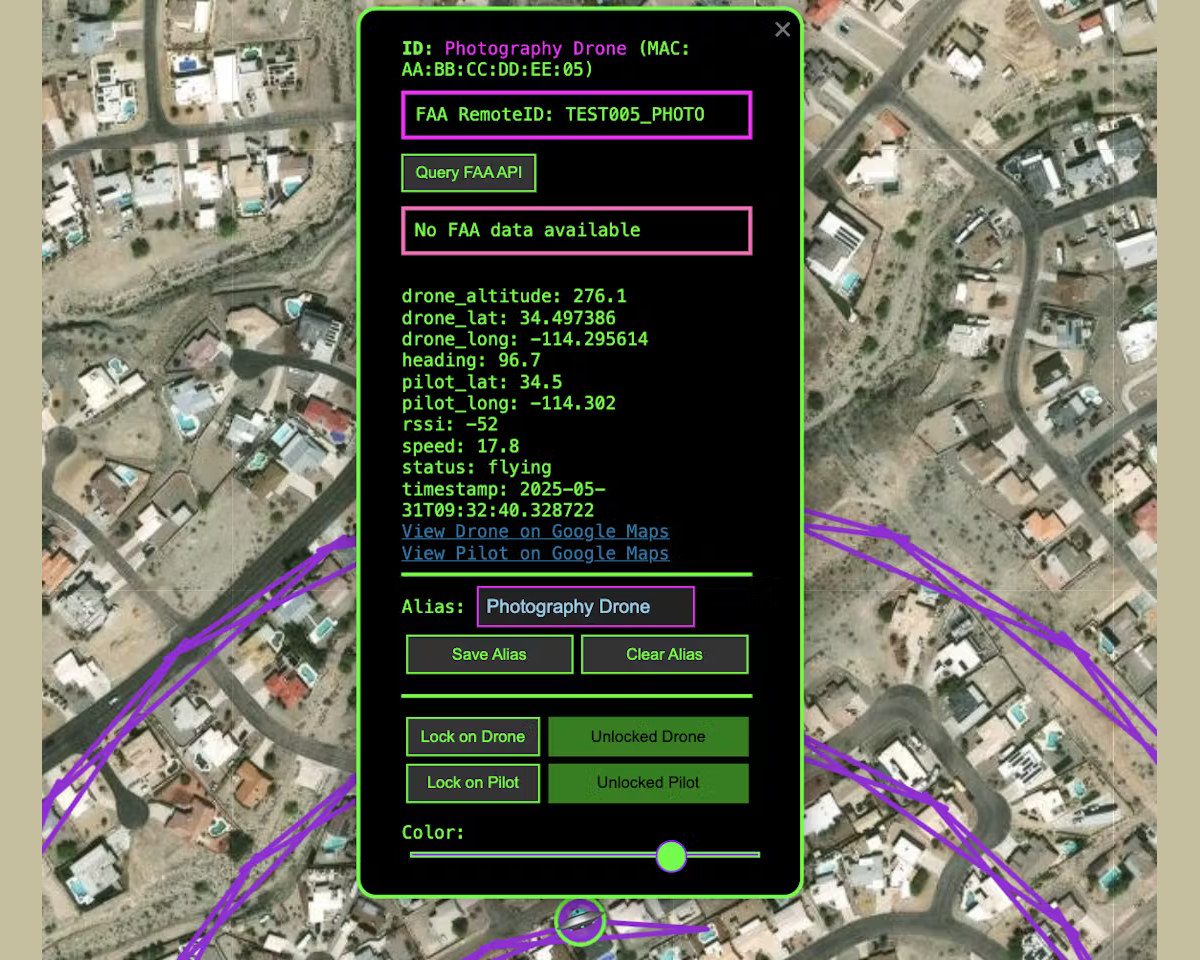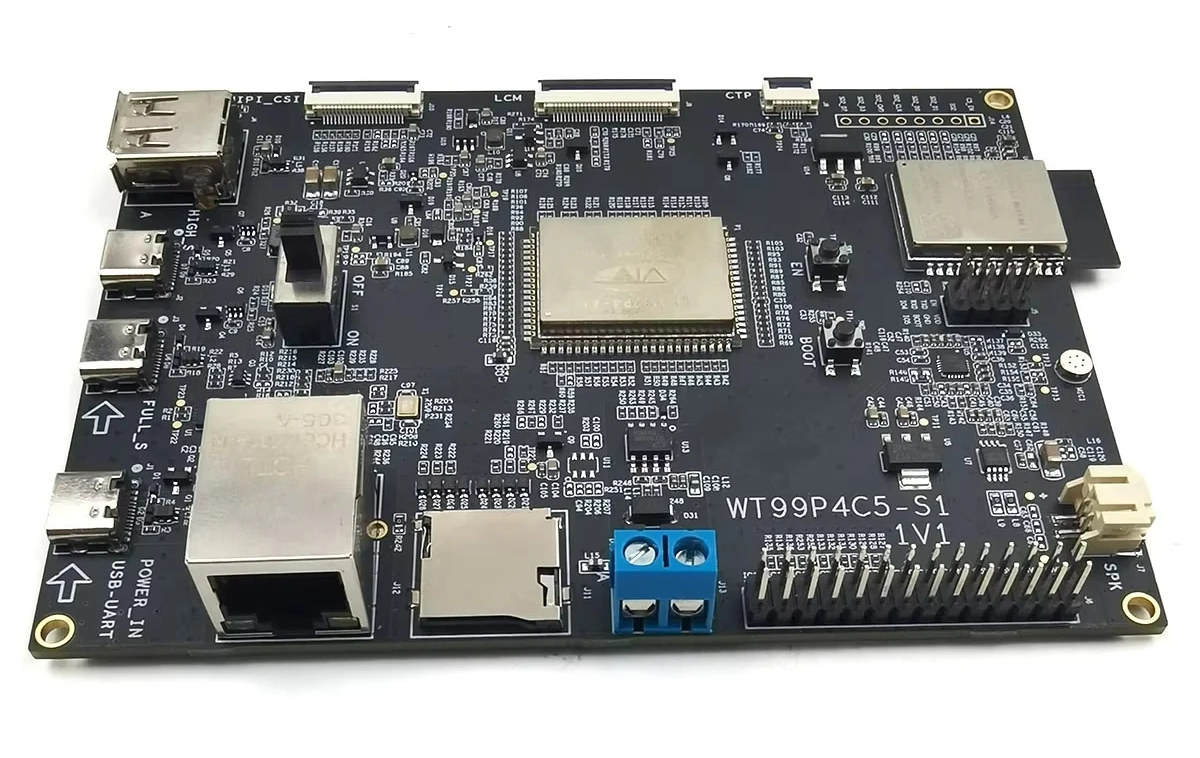Valetron Systems VALTRACK-V4-VTS-ESP32-C3 (or Valtrack V4 for short) is a 4G LTE GPS vehicle tracker based on ESP32-C3 WiFi and Bluetooth SoC and a SIMCom SIM7672 cellular and GNSS module. Designed to track bicycles, cars, or trucks, the Valtrack V4 GPS tracker is housed in an IP67 waterproof enclosure, takes 12V to 42V DC input from a lead battery or 3.7-4.2V from a backup LiPo or Li-Ion battery, and features an accelerometer to wake up when motion is detected or detect theft, as well as three RGB LEDs for status. Valtrack V4 specifications: Wireless MCU – Espressif ESP32-C3FH4 CPU – 32-bit RISC-V microcontroller @ up to 160 MHz; Memory – 400 KB SRAM Storage – 4 MB flash Wireless – 2.4 GHz Wi-Fi 4 & Bluetooth 5.0 Cellular and GNSS connectivity SIM7672G 4G LTE Cat 1 module with Global LTE band, 2G fallback, and GNSS support Nano SIM card […]
MicroSui lightweight, open-source C framework brings the Sui Network to microcontrollers
MicroSui (Sui Embedded Framework) is a lightweight, modular, open-source C framework that brings the Sui Network to microcontrollers from low-end 8-bit MCUs like AVR to more powerful 32-bit SoCs like the ESP32. Wait… What’s the Sui Network / Protocol exactly? It’s a blockchain platform designed for high-speed, scalable, and low-cost decentralized applications, which was introduced in May 2023 by Mysten Labs, a company founded by former Meta engineers. It competes with networks like Solana and Ethereum but with better performance. So far, the Sui Network works with web and mobile applications, but MicroSui aims to expand its usage to resource-constrained embedded devices. We’re told MicroSui provides support for all core operations such as key management, transaction construction, signing, and broadcast. It is a pure-C library with no OS dependency or dynamic memory usage, so it can be deployed on a wide range of microcontrollers. Higher-end microcontrollers with Internet access, such […]
Quantum Tiny Linux SBC features an Allwinner H3 SoC, WiFi, a small Display, and more
Made by a Chinese engineer and content creator Zhihui Peng, the “Quantum Tiny Linux Development Kit” is a small SBC that’s smaller than an ID photo, powered by an Allwinner H3 SoC, and equipped with 512MB of RAM and a 16GB eMMC flash. It’s a design with a 31x22mm CPU module with an M.2 edge connector and a 40x35mm carrier board with a microSD card slot, WiFi 4 and Bluetooth 4.0 wireless module, a TFT display, two USB 2.0 ports, a 6-axis motion sensor, and a few buttons. Quantum Tiny specifications: Quark-N SoM SoC – Allwinner H3 CPU – Quad-core Cortex-A7 @ 1GHz GPU – Arm Mali400 MP2 GPU System Memory – 512MB LPDDR3 RAM Storage – 16GB eMMC flash M.2 edge connector with Ethernet, SPI, I2C, UART, Reusable GPIO, MIC, LINEOUT Dimensions – 31 x 22mm (6-layer PCB) Temperature Range – 0 to 80°C Atom-N Expansion Board M.2 socket […]
BUG: ethical hacking USB device with RP2040, ESP32-S3, or STM32 MCU (Crowdfunding)
Tarun’s BUG is a USB stick with a small display described as an “AI-powered Ethical Hacking Device”, supporting voice control, and offered with either a Raspberry Pi RP2040 dual-core MCU, Espressif Systems ESP32-S3 wireless SoC, or STM32F411 Cortex-M4F microcontroller. The device also features a microSD card for storage, and WiFi and BLE connectivity for the ESP32-S3 version. The BUG is said to offer “cutting-edge HID injection capabilities” (e.g. keyboard/mouse emulation) with wireless control and ChatGPT integration. It is made for ethical hackers, cybersecurity trainers, tech educators, and DIY makers. BUG specifications: Microcontroller (one or the other) Raspberry Pi RP2040 dual-core Cortex-M0+ microcontroller @ up to 133 MHz with 264KB SRAM Espressif ESP32-S3 dual-core LX7 microcontroller @ 240MHz with vector instructions, 512KB SRAM, WiFi 4 and Bluetooth 5.x connectivity STMicro STM32F411 Arm Cortex-M4F MCU @ 100MHz with 512KB Flash, 128KB SRAM Storage – MicroSD card slot inside the USB Type-A port […]
Raspberry Pi 5-based portable AI learning platform features 41 modules, supports Arduino Nano, RPi Pico, and Micro:bit boards (Crowdfunding)
CrowPi 3 is a Raspberry Pi 5-powered all-in-one portable AI learning and development platform with a 4.3-inch touchscreen display, plenty of plug-and-play electronic modules, a breadboard area, and support for Arduino Nano, Raspberry Pi Pico, and BBC Micro:bit MCU boards for expansion. It’s basically another take on the CrowPi 2 laptop based on the Raspberry Pi 4 with similar modules placed under the keyboard, but in a different form factor. The CrowPi 3 portable learning platform replaces the 11.6-inch Full HD display with a 4.3-inch display and does away with the keyboard, but is equipped with a more powerful Raspberry Pi 5 SBC capable of handling real-time AI tools such as ChatGPT and LLaMA (with smaller, distilled models). CrowPi 3 specifications: Main Board – Raspberry Pi 5 SBC Compatible MCU boards Arduino Nano boards BBC Micro:bit boards Raspberry Pi Pico boards Display – 4.3-inch IPS touchscreen display with 800×480 resolution […]
Map Remote ID-enabled drones with ESP32-C3/S3 and Meshtastic LoRa modules
Colonel Panic’s Mesh Mapper is a project designed to map drones emitting the FAA’s Remote ID over WiFi or Bluetooth with location, altitude, pilot position, and identification data. This project utilizes an ESP32-C3 or ESP32-S3 to capture Remote ID transmissions within range, and then feeds the data into a Python Flask web application part of Mesh Mapper that provides real-time visualization and logging. Meshtastic allows multiple detection nodes to share information across a mesh network, so several ESP32 nodes can be deployed in an area and be alerted when drones fly within your property or neighborhood. While you could use your own ESP32-C3/S3 board and Meshtastic hardware for this project, Colonel Panic designed a breakout board for XIAO ESP32C3 or ESP32S3 WiFi & Bluetooth module and Heltec LoRa 32 V3 connected over serial to make things easier. Something like the XIAO ESP32S3 for Meshtastic & LoRa devkit might also do, […]
This ESP32-P4 board is equipped with an ESP32-C5 dual-band WiFi 6 module
All ESP32-P4 boards and devkits we’ve covered so far rely on ESP32-C6 for wireless connectivity, but the Wireless Tag WT99P4C5-S1 differs in that it pairs the ESP32-P4 RISC-V SoC with an ESP32-C5 wireless module featuring dual-band WiFi 6, Bluetooth LE 5.0, and an 802.15.4 radio for Zigbee, Thread, and Matter connectivity. The board also features MIPI DSI and CSI connectors for a display and a camera, GPIO headers for the ESP32-P4 and ESP32-C5 modules, a microSD card slot, a Fast Ethernet port, a built-in microphone, a speaker connector, an RS485 terminal block, and a few USB ports for data and debugging. Wireless Tag WT99P4C5-S1 board specifications: Core module – Wireless Tag WT0132P4-A1 SoC – Espressif Systems ESP32-P4 CPU Dual-core 32-bit RISC-V HP (High-performance) CPU @ up to 400 MHz with AI instructions extension and single-precision FPU Single-RISC-V LP (Low-power) MCU core @ up to 40 MHz with 8KB of zero-wait […]
Liberux NEXX is a Linux smartphone with Rockchip RK3588S, 32GB RAM, 6.34-inch OLED (Crowdfunding)
Liberux NEXX is a Linux smartphone powered by a Rockchip RK3588S octa-core Cortex-A76/A55 processor coupled with 32 GB LPDDR4x and a 512GB eMMC flash, as well as a 6.34-inch 2400×1080 OLED display. We’ve seen other Linux smartphones in the past with the most popular likely being the Purism Librem 5 and Pine64’s PinePhone Pro. However, those are showing their age with older NXP i.MX 8M and Rockchip RK3399 SOCs, and the Liberux NEXX brings much-needed performance with a Rockchip RK3588S and 32GB of RAM, enabling mobile/desktop convergence to an extent. Liberux NEXX specifications: SoC – Rockchip RK3588S CPU – Octa-core processor with 4x Cortex-A76 cores @ up to 2.4 GHz, 4x Cortex-A55 cores @ up to 1.8 GHz GPU – Arm Mali-G610 GPU with OpenGL ES 3.2, OpenCL 2.2, and Vulkan 1.2 support VPU – 8Kp60 video decoder for H.265/AVS2/VP9/H.264/AV1 codecs, 8Kp30 H.265/H.264 video encoder AI accelerator – 6 TOPS NPU […]


